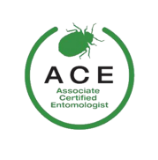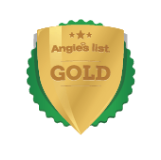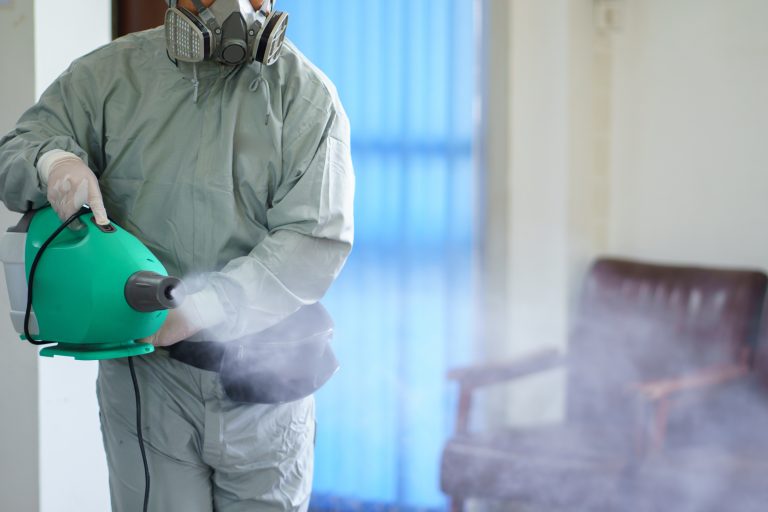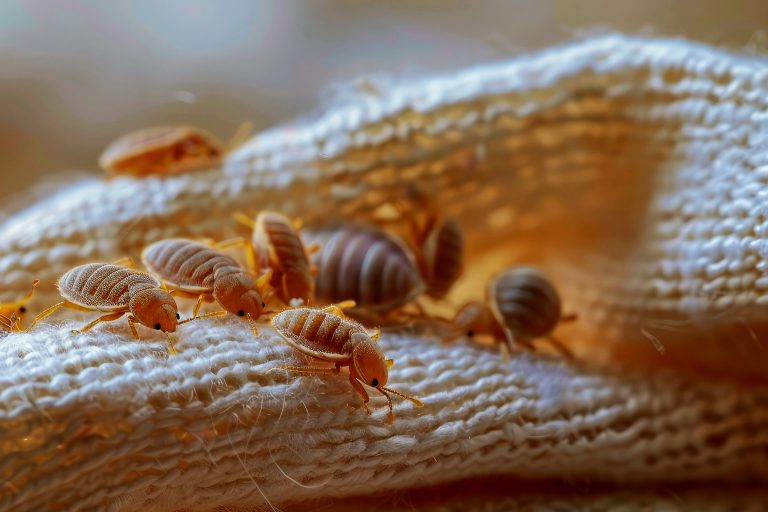Proper preparation is critical to the success of any bed bug treatment. Ultra’s team provides clear guidance and expert support to help you get your property treatment-ready—quickly, efficiently, and safely.
give us a call (978) 724-8370
With thousands of treatments performed, Ultra Safe Pest Control knows what it takes to prepare your home or business for a successful bed bug extermination.



Loading content

Bed bugs prefer areas close to where people sleep or rest. Focus preparation efforts in bedrooms, living rooms, and any areas with upholstered furniture. Kitchens and bathrooms usually require minimal attention.
Handling Linens, Mattresses & Clothing
Preparing Clothing & Drawers
Remove all clothing and fabric items from dressers and nightstands.
Place items in tightly sealed bags.
Technicians will need full access to furniture seams, joints, and interiors.
Closets, Curtains & Drapery
Hanging clothes may remain if suspended off the floor.
Remove shoes, handbags, and items from closet floors.
Take down and bag fabric curtains/drapes. Blinds and shades may stay.
Managing Personal Items & Clutter
Reduce clutter to improve access and eliminate hiding spots.
Organize remaining items in the center of the room with space between them.
Now is the time to dispose of anything unnecessary—but don’t discard furniture unless advised.
All washable items—clothes, plush toys, linens—must be run through a hot dryer for 60 minutes.
Clean items can skip the wash and go directly into the dryer.
Use commercial laundromats for high heat and large load capacity.
Transport everything in sealed plastic bags. Discard bags after use to avoid recontamination.
All people and pets — including fish tanks — must vacate the property during treatment.
Re-entry is typically allowed after 8 hours, depending on the site and treatment plan.
Speak with your technician for exact timelines.
It’s normal to find dead or dying bed bugs for up to 48 hours after treatment. Not all insects die instantly, especially if they’ve been flushed out of hiding spots.
A follow-up treatment/inspection is usually required 10–14 days after the initial visit.
Continue to monitor and avoid disturbing treated areas until after the follow-up.
Contact Ultra Safe Pest Control for expert treatment options tailored to your needs.

Heat treatments are one of the most effective ways to eliminate bed bugs—but only when your space is prepped correctly. Ultra Safe provides professional guidance to ensure your belongings are protected and the treatment is successful.
Protecting Your Belongings During Heat
Remove these items before treatment:
People & pets (including aquariums)
Live and artificial plants
Perishable food, chocolate, medications, makeup, and wax-based products
Pressurized items (spray cans, fire extinguishers, oxygen tanks)
Flammable liquids or explosives
Valuable artwork or irreplaceable heirlooms
Move furniture at least 2 feet from walls to allow air circulation.
Handling Fragile & Specialty Items
Remove or secure glassware, collectibles, breakables, wall-mounted décor
Contain papers and documents so they’re not blown around during treatment
Store musical instruments in their cases or remove them to avoid warping
All clothing must be dried on the hottest setting before returning to the treated area
Do not use plastic bags to store clean items—use open-weave baskets or paper bags
Avoid tightly packed containers—air must circulate around items to reach lethal temperatures
Remove clothing from drawers and loosely hang items in closets if possible
Curtains, Plush Items & Bedding
Leave curtains, stuffed animals, and pillows in the treatment zone
Place these items loosely in open baskets—no plastic or tight packing
These fabrics are prime hiding places and must be heated to full treatment temperature
Electronics & Small Appliances
Do not remove electronics—they may harbor bed bugs
Simply unplug all electronics from wall outlets before treatment
Air Beds & Waterbeds
Drain waterbeds completely so the frame can heat properly
Partially deflate airbeds to avoid damage during heat expansion and air movement
If possible, store mattresses in a safe, approved area or let your technician inspect them beforehand
When preparing for a bed bug heat treatment, special attention must be given to fire sprinkler systems, as excessive heat can trigger or damage them. The National Fire Protection Association (NFPA) and the National Fire Sprinkler Association (NFSA) have established guidelines to manage these systems safely during pest control procedures involving high temperatures.
Shut off and drain the system
Remove ordinary temperature sprinklers
Plug outlets in treatment area
Restore system post-treatment
Reinstall new sprinklers after treatment
Temporarily replace with intermediate temperature sprinklers
Perform heat treatment
Switch back to ordinary sprinklers post-treatment
Install intermediate temperature sprinklers before treatment
Monitor each sprinkler’s exposure during heat treatment
Replace only those exposed to temperatures above 150°F
Perform treatment with intermediate heads in place
Replace any sprinkler that exceeds 150°F
Leave untouched sprinklers in place if safe
A sprinkler impairment is any condition that disables or reduces the effectiveness of the fire protection system. These impairments must be managed carefully, often requiring formal documentation and notification to:
Local fire department
Insurance provider
Alarm company
Authorities Having Jurisdiction (AHJ), such as fire marshals or building departments
Sprinklers are color-coded by their temperature rating, which determines how they respond to heat. This classification ensures that the right type of sprinkler is used in each treatment scenario:
Allow yourself the proper time to prepare to avoid having an overwhelming, chaotic mess on your hands. Rushed preparation leads to poor results and missed details.
When addressing clothing and washables, decide what items you’ll need between the first and second treatment. Everything else can go directly from the dryer into heavy-duty plastic bags—sealed tightly—and remain bagged until after the follow-up. This minimizes your workload later.
Store clothing bags and other items in safe areas like the kitchen, garage, basement, or screened porch. These areas are typically not treated, making them suitable for temporary storage.
The most important tip: Do not attempt to treat a bed bug infestation yourself. DIY methods like foggers, sprays, or “bombs” can actually make the problem worse. Bed bugs are highly sensitive and will scatter into walls or neighboring units to escape, making them harder to eliminate. Professional expertise is essential for proper and safe eradication.